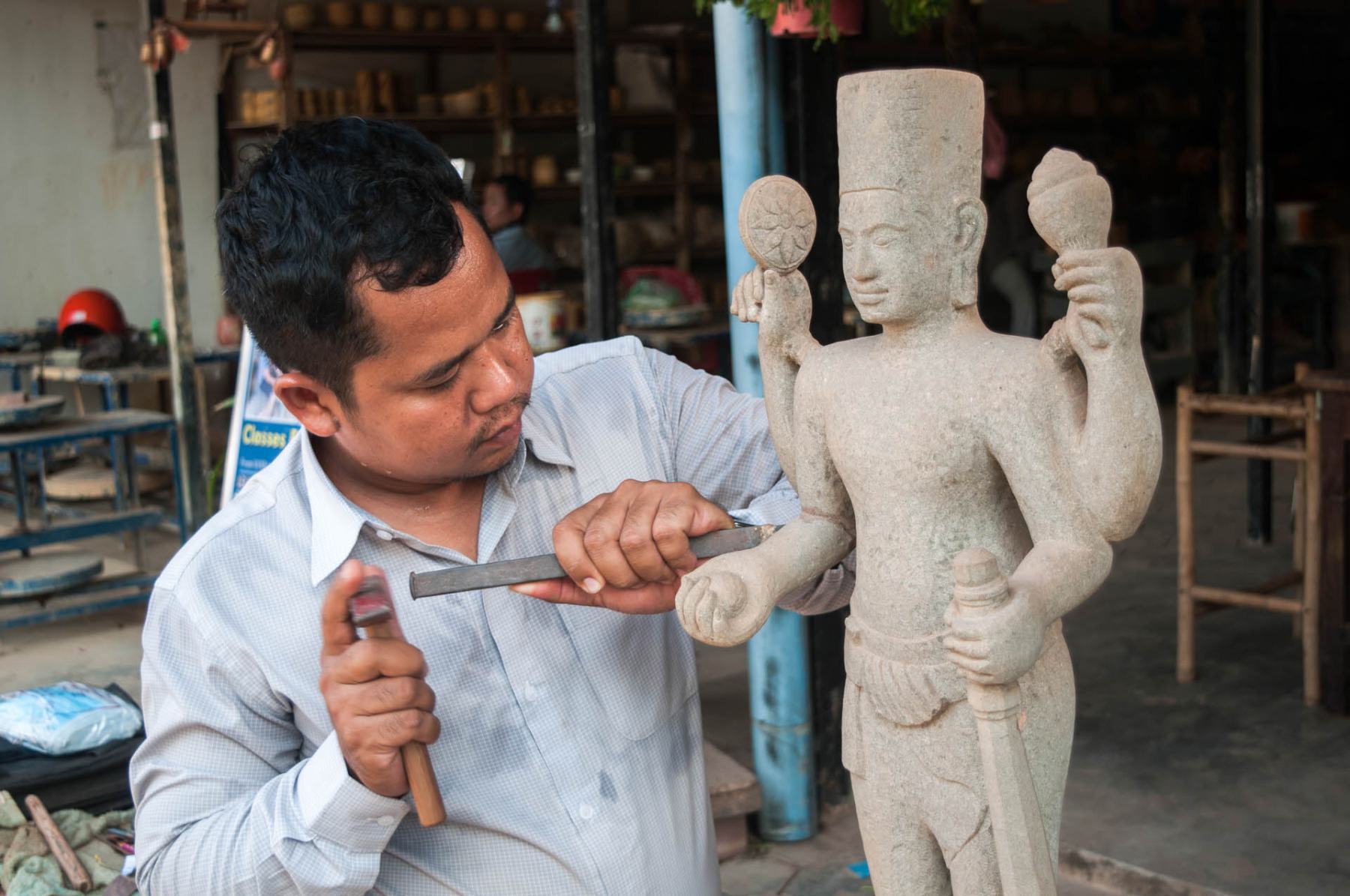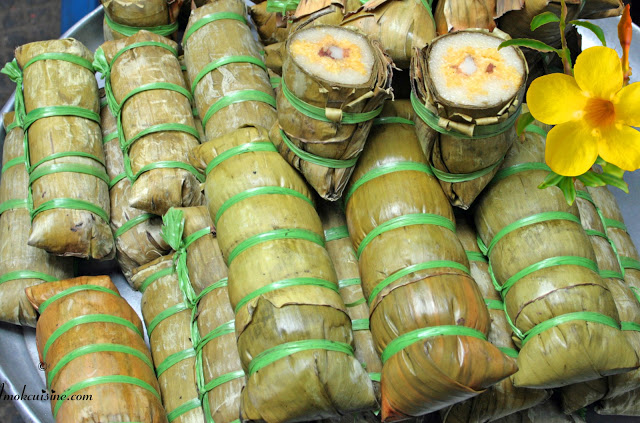Silver and Goldsmithing in Cambodia
A closer look at Cambodia’s exquisite silver and goldsmithing tradition, a testament to Khmer craftsmanship.

Introduction
Silver and goldsmithing are cherished Khmer traditions, known for their intricate designs and cultural
significance. From ornate jewelry to ceremonial items, Cambodian artisans have perfected this craft over
centuries, blending artistry with utility. These stunning creations remain a symbol of elegance and
tradition in Cambodian culture.
Pro Tip: Look for traditional Khmer motifs like lotus flowers and celestial patterns in silver and gold
pieces.
Historical Significance
The art of silver and goldsmithing flourished during the Angkorian era, adorning temples, palaces, and the
royal court. These metals were highly valued, symbolizing prosperity, spirituality, and status.
Historically, silver and gold items were integral to religious ceremonies and royal gifts.
Pro Tip: Visit the National Museum in Phnom Penh to see ancient silver and gold artifacts.
The Crafting Process
Cambodian artisans use traditional techniques such as repoussé (metal embossing) and chasing to create
detailed patterns on silver and gold surfaces. Each piece requires hours of meticulous work, showcasing the
artisans' dedication to their craft. Popular items include jewelry, betel boxes, and ceremonial bowls.
Pro Tip: Observe skilled artisans in workshops around Phnom Penh and Siem Reap.
Modern Adaptations
While traditional motifs remain popular, contemporary Khmer artists are blending modern designs with
traditional techniques. This fusion appeals to a global market, ensuring the craft’s relevance and
longevity. Items like minimalist jewelry and modern home décor pieces have gained popularity.
Pro Tip: Check out locally crafted silver and gold products at fair-trade stores.
Preserving the Craft
With increasing global demand, organizations and artisans are working to preserve traditional Khmer
goldsmithing and silversmithing techniques. Training programs and cooperatives are empowering new
generations of craftsmen, ensuring the continuity of this art form.
Pro Tip: Support artisan workshops and cooperatives to contribute to the craft’s sustainability.













